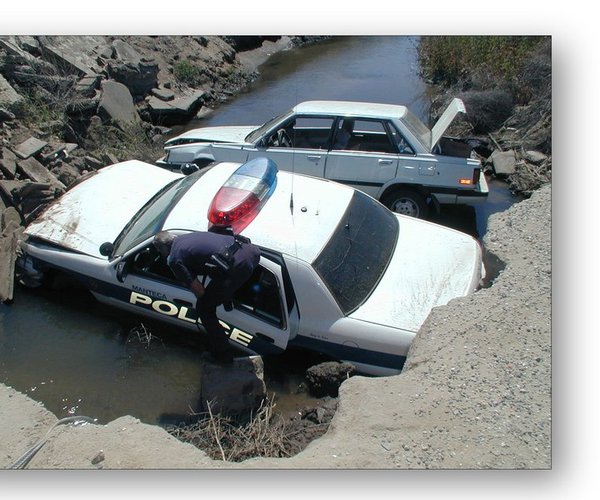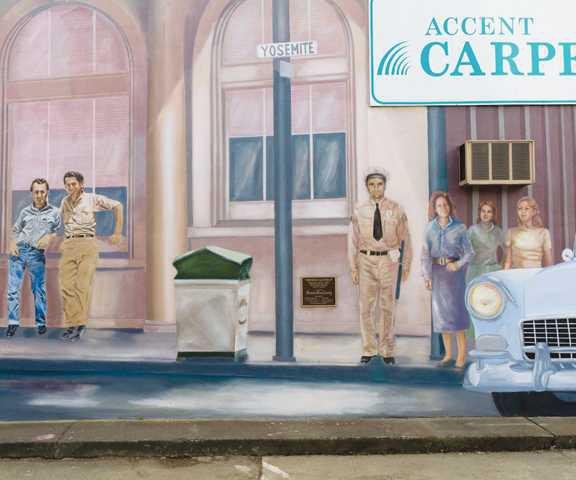Do you love Manteca?
And do you want to make sure it doesn’t grow apart?
Then perhaps we might want to take a cue from Clyde McPhatter.
He’s the artist who sang the 1958 hit, “A Lover’s Question.”
So what does a song that made it to No. 6 on the Billboard chart and No. 1 on the R&B chart have to do with Manteca?
Besides the theme of love, the lyrics delve into the importance of communication.
No, I haven’t lost it.
But Manteca might.
The strength of any community is how well everyone communicates or, if you will, interact.
And by that it’s how we come together whether it is events, neighborhood gatherings, or forge partnerships to better the community and therefore our collective lives.
This clear is more of a challenge today with 91,000 people than it was back in 1991 with 51,000 people, and certainly back in 1960 with 8,242, just barely more than Escalon’s population today.
Back in 1960, there was one council member for every 1,600 or so residents.
Rest assured the council members knew what was going on in the community.
That’s not saying council members don’t to a large degree today, but how far down does that drill into various neighborhoods?
The switch to district elections is a step in the right direction.
But why stop there?
Now you have one council member for every 18,000 residents while Ripon has five for almost the same number.
Actually, in Manteca’s case, it’s one council member for every 22,500 or so residents with the mayor elected community-wide.
As a general law city in California, Manteca can only have five council members including the mayor.
Charter law cities such as Stockton and Modesto have more. The overall council number including mayor runs from seven for Stockton and Modesto, nine for Sacramento, 11 for San Jose, and 15 for Los Angeles.
Increasing the body count on the City Council, however, is not what Manteca needs to keep from growing apart and instead grow together as we close in on 100,000 residents and beyond.
It’s plugging in the neighborhoods to assure they aren’t lost in the shuffle.
One way to do that is for this council is to completely rethink the parks and recreation commission.
Right now, it is fairly toothless.
But simply restoring it to what it once was would be only going halfway.
There was a reason why a few years back the Parks & Recreation Department — with the concurrence of the council at the time — was renamed Recreation & Community Services.
There was a vision behind the reason for the switch.
It wasn’t simply rebranding.
But the execution was so botched that there isn’t even a department head let alone adequate staffing.
To be clear, this is not a slam on the Recreation & Community Services staff.
They do a good job.
But an even better job can be done for the community if they had the manpower, were even more connected into neighborhoods, and had a vision that took things above and beyond what the mission of parks and recreation departments traditionally have pursued.
Councilman Jose Nuno brought up during a budget workshop the need to update the parks and recreation commission in terms of the nuts and bolts governing the body and its mission.
It is a sentiment voiced as well by Mayor Gary Singh and other Council members.
But instead of just getting the commission restored to the function they once had, why not apply some of that forward thinking that is popping up these days at 1001 West Center St.
Here’s one possibility.
Have each council member appoint a member with the mayor pointing the at-large member that would also double as a chair.
Each of the four council appointees would come from the respective areas of council members
A sixth position should be appointed by the Manteca Unified School Board.
The school district for all practical purposes operates community centers throughout the city. They’re called school campuses.
You need a seventh member to have an uneven number.
Here’s why the council could get really creative.
They could have a high school student appointed by the collective effort of the three student body presidents of Manteca, East Union, and Sierra high schools.
Or you could have the seventh seat alternate on a yearly basis between the city’s youth commission and the senior advisory board.
The idea is to assure cross-generational input.
If that is a bit too unwieldy, then just give the mayor two appointees with the second servicing as co-chair.
The commission, which would clearly be advisory in nature on most items, would serve as the ears and counselors of sorts for the council as a whole.
This would go beyond input on park development and recreation programs.
It would be charged with developing cultural events, the arts, and more.
It would drill down into neighborhood needs in a bid to bring people together.
In doing so, it would get back to the roots of public recreation and parks programs, including as a robust preventative measure to curb incidents of juvenile delinquency.
And it could be the go to place for people interested in developing specific endeavors on a community passing running the gamut from theatrical productions and art shows to forming special interest clubs such as for chess.
It would essentially be a starting point.
It may sound a tad far-fetched, but is it?
It’s when common interests are cultivated that bring neighborhoods and communities to grow together is when we stop drifting apart.
Recreation, parks, cultural endeavors and such are the building blocks for Manteca to build more than homes.
It’s about building a community.
This column is the opinion of editor, Dennis Wyatt, and does not necessarily represent the opinions of The Bulletin or 209 Multimedia. He can be reached at dwyatt@mantecabulletin.com






